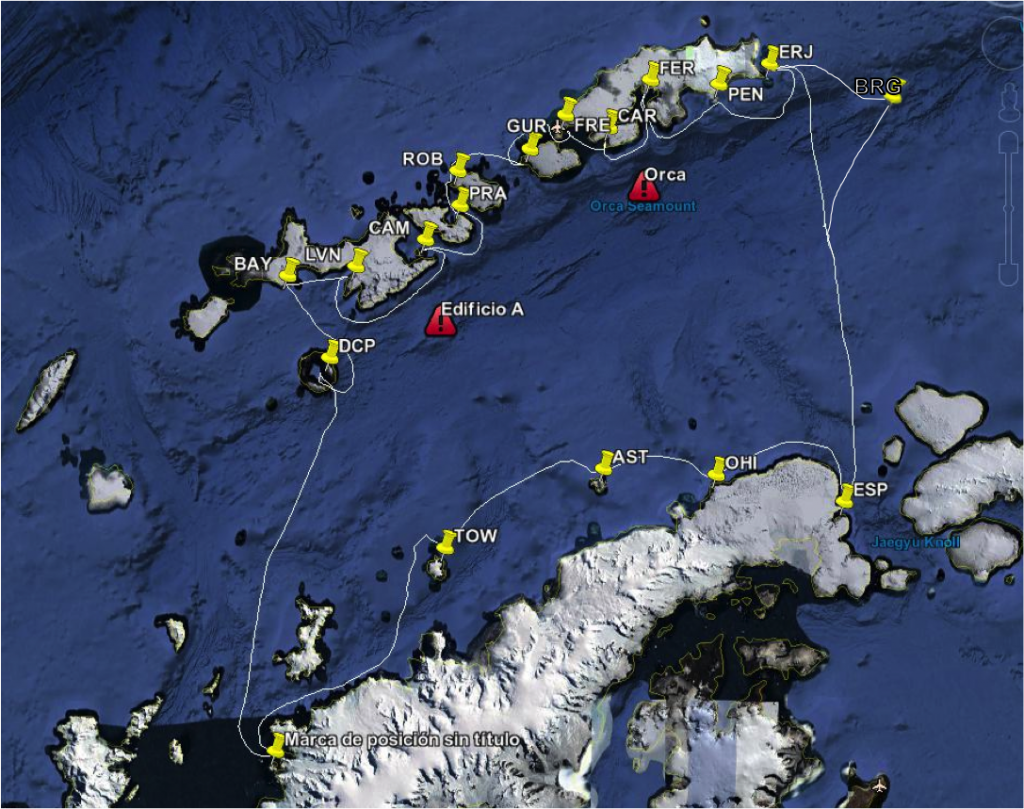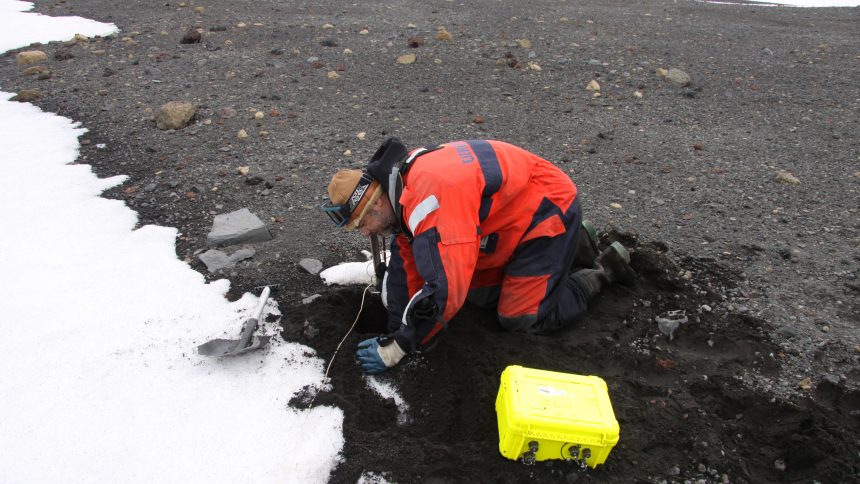Arriving to Antarctica and working ther is not trivial. It is necessary to have a good knowledge about this land to carry out the proposed mission in the best way. We should not forget that Antarctica is not an accessible place at all, so we also should take into account which is the available logistics to deploy the equipment.
The main field work of BRAVOSEIS project will be carried out in two seasons. The first one, the 2017 – 2018 season, will last about one month.
In this season up to 18 broadband seismic land stations will be installed. All of them are going to be deployed by a group of four researchers travelling on board the Spanish polar research vessel Hespérides, between 23 February 2018 and 7 March 2018.
In addition, the researchers will also carry out a maintenance mission with the collection of the data recorded by the permanent stations installed at Deception, Livingston and Cierva Cove, deployed in February 2008 thanks to the CORSHET project. These instruments record and monitors the seismic activity at this region for the whole year round. These data will be used for seismic monitoring and for the BRAVOSEIS objectives.

Figure (3): Seismic land stations locations along the Bransfield Strait.
The new stations will be deployed along the entire region of the Bransfield Strait. Proposed sites include Tower (TOW), Astrolabe (AST) and King Jorge islands, as well as Camara (CAM, Argentina), Prat (PRA, Chile), Frei (FRE, Chile), Ferraz (FER, Brasil), Carlini (CAR, Argentina), O’Higgins (OHI, Chile) and the Naval refuge Francisco de Gurruchaga (GUR, Argentina). As mentioned above, it will also be use of the stations at Deception (DCP, Spain), Livingston (LVN, Spain) and Cierva Cove (CCV, Argentina).
Participants in this 2017-2018 season, BRAVOSEIS project
